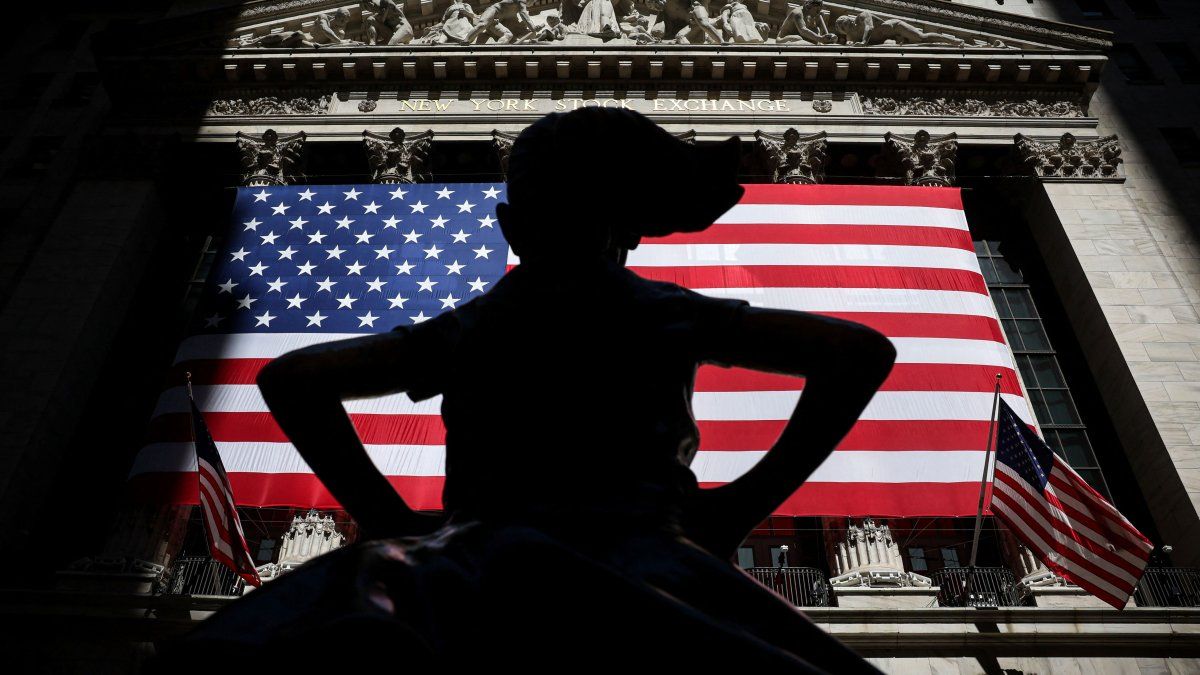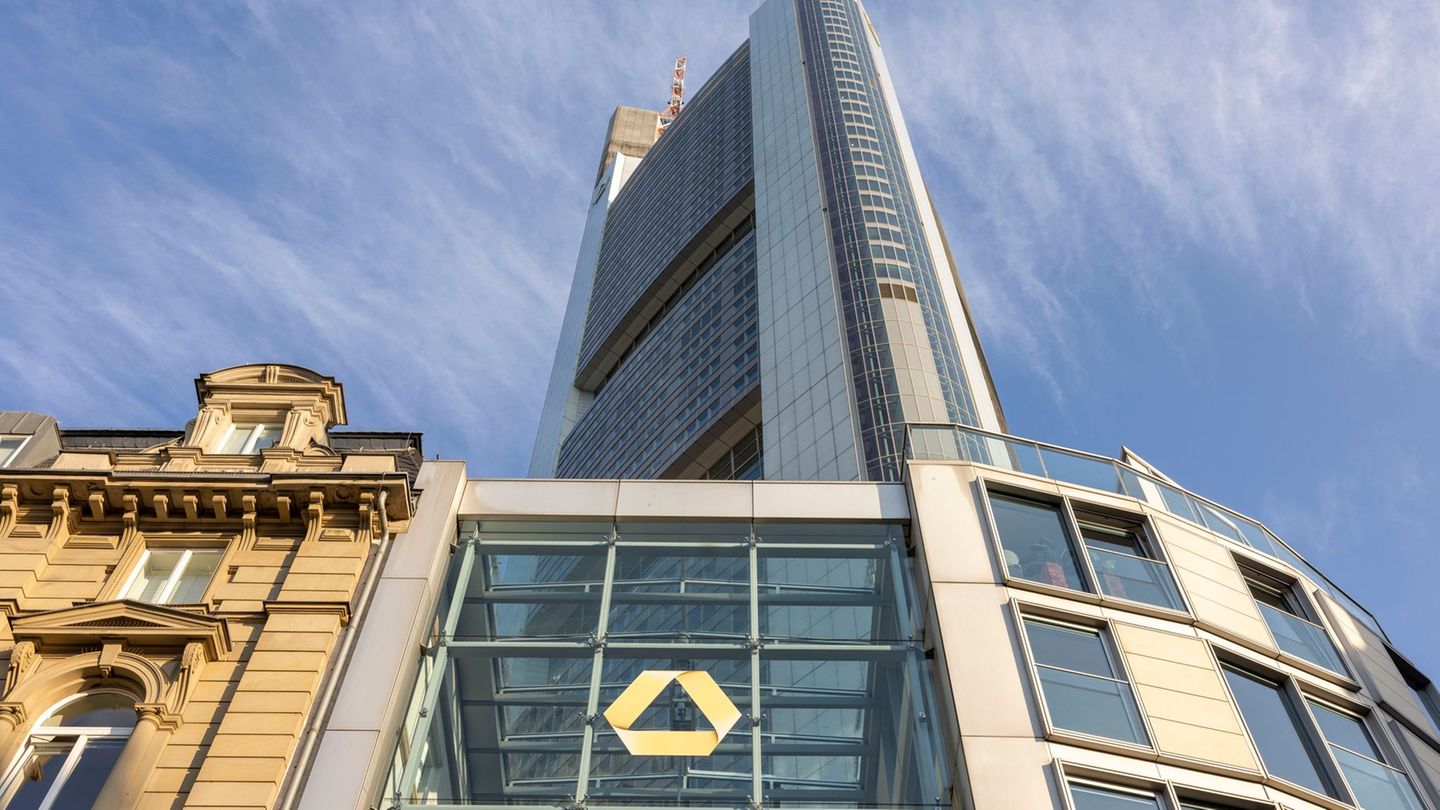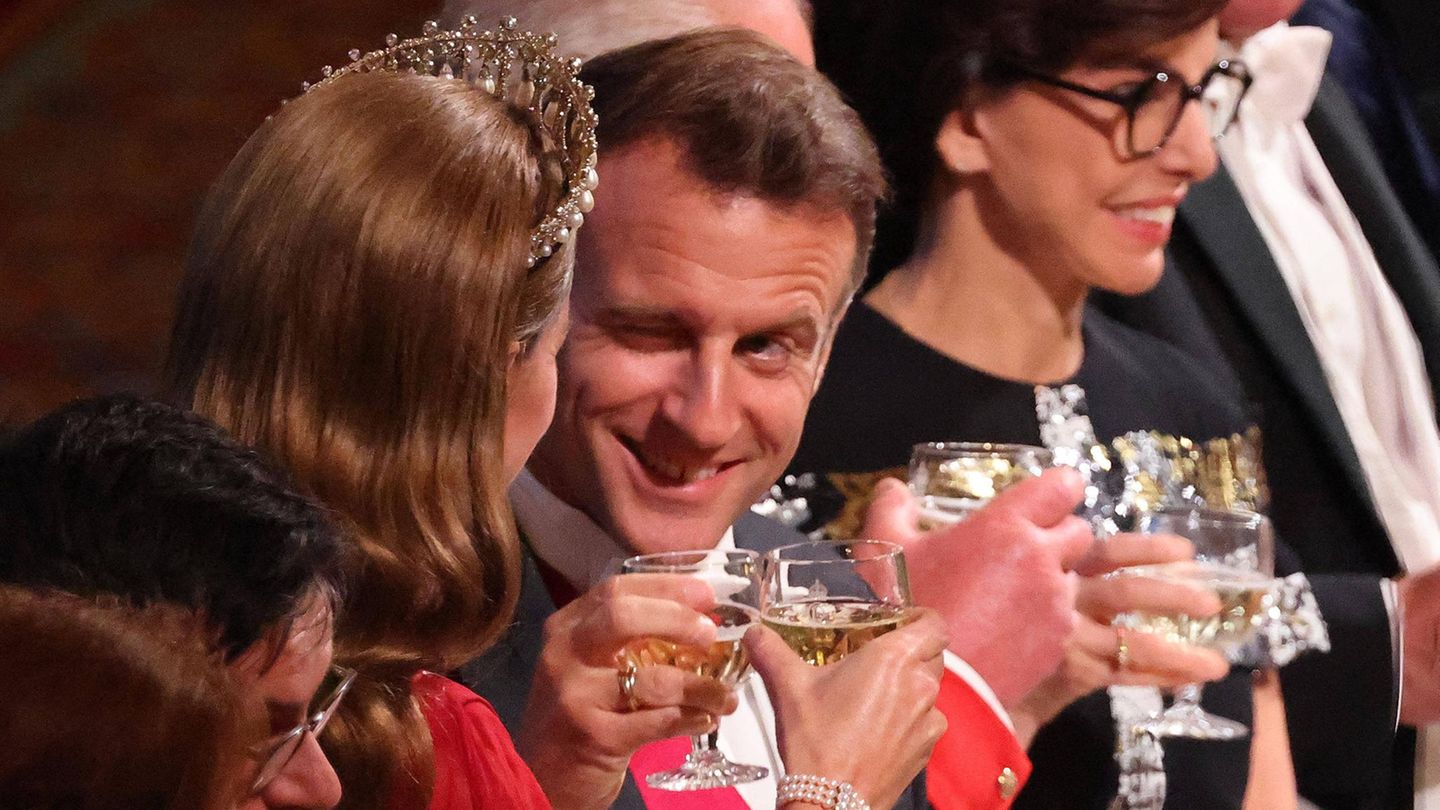Rate cuts are on the verge of a sweet spot. The Fed wants to launch this in September (but Trump warns that it should be postponed until after the election).
Uncertainty: moving forward or backward? The big rotation is the name of the game.
Reuters
Uncertainty, is it advancing or receding? The week was full of events, from an attack on former president and Republican candidate Donald Trump to a massive computer blackout.. AND Wall Street The stock market moved vigorously in all directions. Is nothing lost, perhaps, and everything transformed? The main indexes fell. The S&P 500 fell 2% and the Nasdaq 4%. These are the most stinging slips since the beating in April. Stock volatility – measured by the VIX index – shot up 32%. Is this another attempt at correction after a dizzying rise? No. It is a reprogramming. The “small caps”, the shares of small companies, which would not have a chance in a fearful market, emerged victorious from the trance. The S&P 600 rose 2.2% and the Russell 2000 1.7%. And they are traveling fast, on the way to their best month of the year.
The content you want to access is exclusive for subscribers.
The big rotation is the name of the game. The last ones are first this time. inflation collapsed and faith in a prompt rate cut The economy is driving them forward with vigor. The economy is not keeping us awake at night. Transportation companies (Dow Jones Transportation) rose 1.7%. Banks – according to the KBW index – climbed 3.2%. The lagging sectors, the most vulnerable to bad times, are enjoying their quarter of an hour in the sun. Since last week, small caps and junk bonds have received increasing flows of new investments. At the same time, the stars of the bull market are suffering. The Magnificent 7 – which until very recently monopolized the boom – fell 4.8% in the last five trading days. And the cost of their defensive coverage has skyrocketed. The bull market is not in dispute. Participation is increasing, its channel is becoming wider (the favorite objection of skeptics). At the cost, of course, of destroying more value at the top than is created in the periphery. Last month, the Russell 2000 appreciated almost 8%. The S&P 500, 1%. Like someone who prunes in order to grow healthier later.


Uncertainty: advancing or receding? The main mystery of the past two years is rapidly dissolving. The central bank no longer has any objections to inflation. The rate cut could be launched this Wednesday, although it prefers it to be in September. Two governors – Waller and Kugler – and the person who runs the central bank’s board – John Williams, head of the New York Fed – agreed on the diagnosis. The progress is categorical. Prices have returned to the disinflationary path, said Powell before learning that they had fallen by 0.1% in July. However, a final mile of indicators remains to be confirmed for the FED to proceed with full confidence. “If the labor market were to cool off too much,” said Governor Kugler, they should speed up the pace. In other words, the increase already recorded in the unemployment rate, and the recent jump in unemployment benefit applications, are not enough to advance expectations of a first reduction in September.
Politics is becoming increasingly stronger. Trump He miraculously escaped the attack. And far from being intimidated, he accelerated his campaign. His injured figure is a force of nature. The party convention anointed him as candidate in a setting of great jubilation and without any settling of scores. The young senator JD Vance, a convert, will accompany him on a presidential ticket with a powerful discourse. President Biden, meanwhile, is caught in a painful and endless spiral of memory lapses and unforced errors. He remained intent on holding on to his candidacy. But, at the urging of his supporters, who are growing in number, he resigned over the weekend. And promotes his vice, Kamala Harris. Wall Street is not scared. It has not fared badly under the current administration. And the decisions that interest it most are the responsibility of an independent Fed.
There is no issue that Trump does not consider to be his concern. And the rate cut has always been important to him. It is known that the former president is a fan of cutting rates. But, he does not consider that now is the best time either. Nor will it be in September. He has already warned: the FED must abstain until after the election. And Trump began to pressure Wall Street as part of his campaign. Taiwan will have to compensate the US for the cost of its defense (in addition to the fact that it kept the semiconductor business), he said. The SOX index sank after the crude message. The same happened with Tesla, after it indicated that it will end Biden’s policy that stimulates the production of electric vehicles with a stroke of the pen. Will it be able to stop the rate cut with its word? The FED is data dependent (and not dependent on Trump). And it is the data that dictates the convenience of starting the reduction. The advance of small caps reflects the conviction that this will be the case. In a sea of uncertainty, it is almost the only certainty. The Fed will prudently unsaddle the buck to prevent anything from breaking. Trump will then do what he sees fit. Paradoxically, a Trump loaded with inflationary promises could force the Fed to apply the brakes later if the polls grant him victory.
Economist
Source: Ambito
I am a 24-year-old writer and journalist who has been working in the news industry for the past two years. I write primarily about market news, so if you’re looking for insights into what’s going on in the stock market or economic indicators, you’ve come to the right place. I also dabble in writing articles on lifestyle trends and pop culture news.




